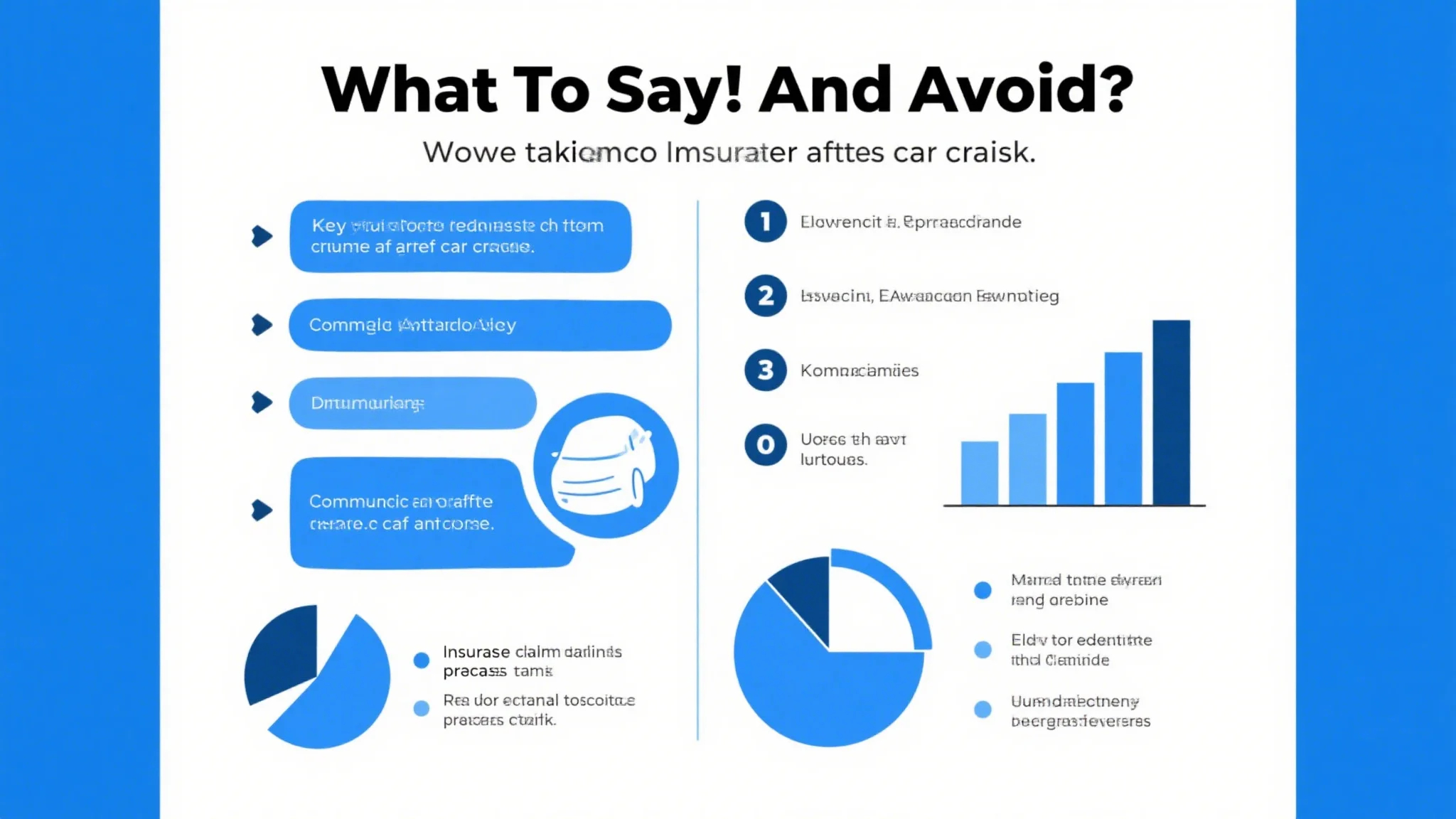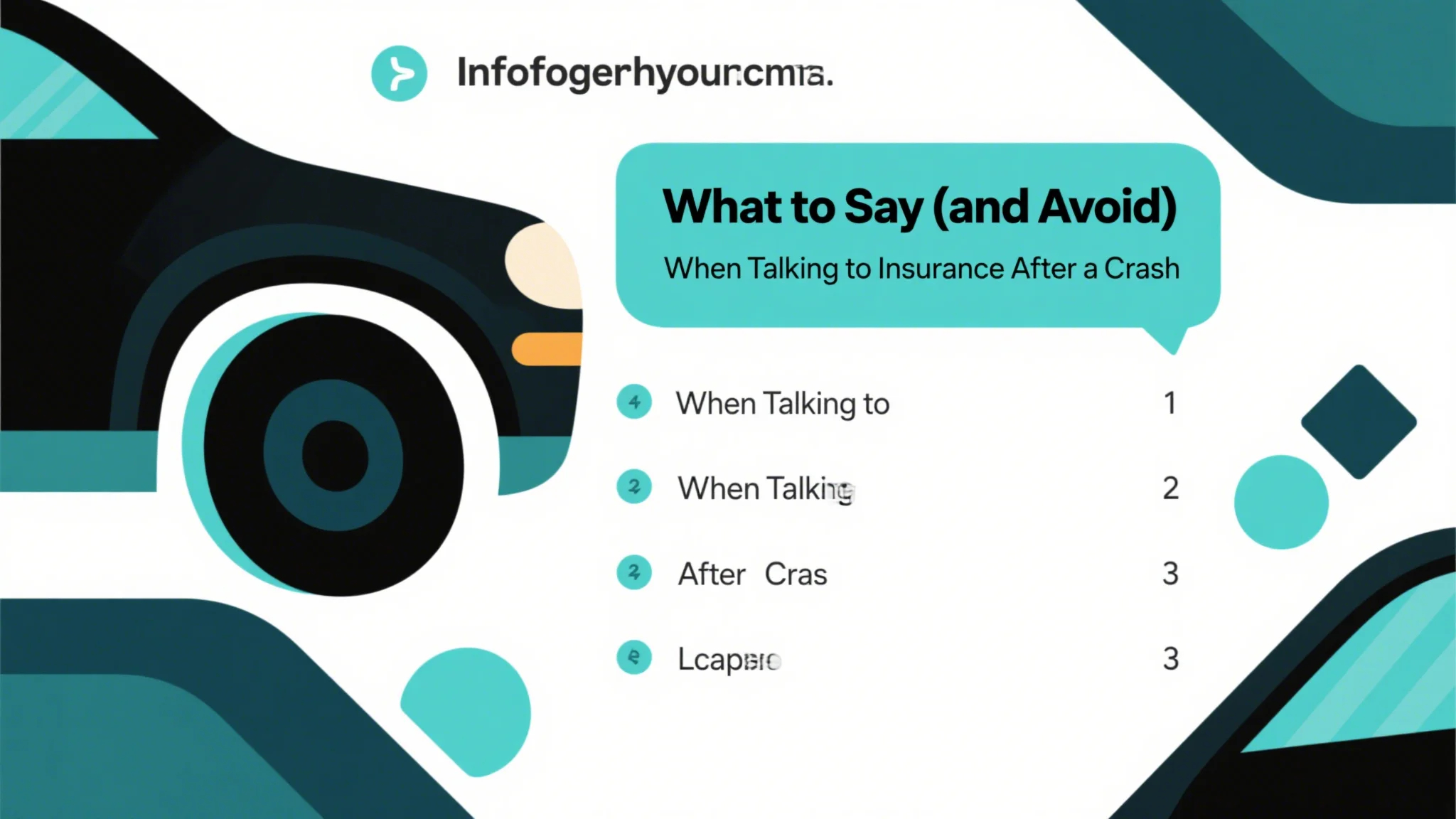Introduction to Diminished Value Claims
When you’re involved in a car accident, the immediate concerns are safety and repair costs. However, there’s another aspect to consider: the potential decrease in your vehicle’s value, known as diminished value. This concept can significantly impact your financial recovery, especially if your car is repaired but its market value drops.

What is a Diminished Value Claim?
A diminished value claim is an insurance claim filed to recover the difference in your vehicle’s value before and after an accident. Even if your car is fully repaired, its resale value may decrease due to the accident history. This claim aims to compensate you for that loss.
Why Diminished Value Matters
Understanding diminished value is crucial because it directly affects your financial interests. After an accident, your car might be worth less, even if it’s repaired. For example, a pre-accident vehicle worth $20,000 could drop to $18,000 after an accident, regardless of repairs. A diminished value claim helps bridge this gap.
When is a Diminished Value Claim Applicable?
This claim is typically applicable after a significant accident where the vehicle’s structural integrity or safety is compromised. Minor scratches or dents usually don’t qualify, but severe damage does. Always check your insurance policy to see if diminished value is covered, as not all policies include this provision.
The Process of Filing a Diminished Value Claim
Step 1: Notify Your Insurance Company
After an accident, inform your insurance company about the potential diminished value claim. Most companies require timely notification, so it’s essential to act promptly.
Step 2: Gather Necessary Documentation
Prepare documents like police reports, repair estimates, and photos of the damage. These support your claim and demonstrate the accident’s impact on your vehicle’s value.
Step 3: Vehicle Appraisal
Your insurance company will appraise your vehicle. They’ll compare its value before and after the accident. If the difference is significant, your claim may be approved.
Step 4: Negotiate the Settlement
If your claim is approved, negotiate the settlement amount. Be prepared for the insurance company to dispute the value, so having thorough documentation is crucial.
Step 5: Acceptance or Further Action
If you’re satisfied with the settlement, accept it. If not, consider seeking legal advice or submitting a formal appeal.
Should You File a Diminished Value Claim?
Pros of Filing:
Recover financial loss.
Protect future resale value.
Cons of Filing:
Potential complications with the insurance company.
Time-consuming process.
A diminished value claim can provide financial relief after an accident, but it’s not always straightforward. Carefully weigh the pros and cons, and consult professionals if needed. Understanding this claim empowers you to make informed decisions, ensuring your vehicle’s value and financial interests are protected.



